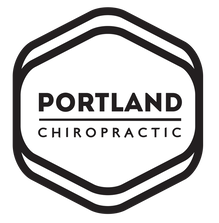|
Low back pain is one of the most common musculoskeletal diagnoses in the world. Did you know, that approximately 9 to 12% of people (632 million) have LBP at any given point in time(1,2). About 40% of people have LBP at some point in their lives, with estimates as high as 80% among people in the developed world(3). Low back pain most often begins between 20 and 40 years of age, and men and women are equally affected(1,4). Low back pain has become the leading cause of decrease in activity and absence from work. So let's see if we can help "FIX" the low back. Below are a few exercises that may help reduce your risk of injuring your lower back.
References
Comments are closed.
|
Site powered by Weebly. Managed by FatCow

